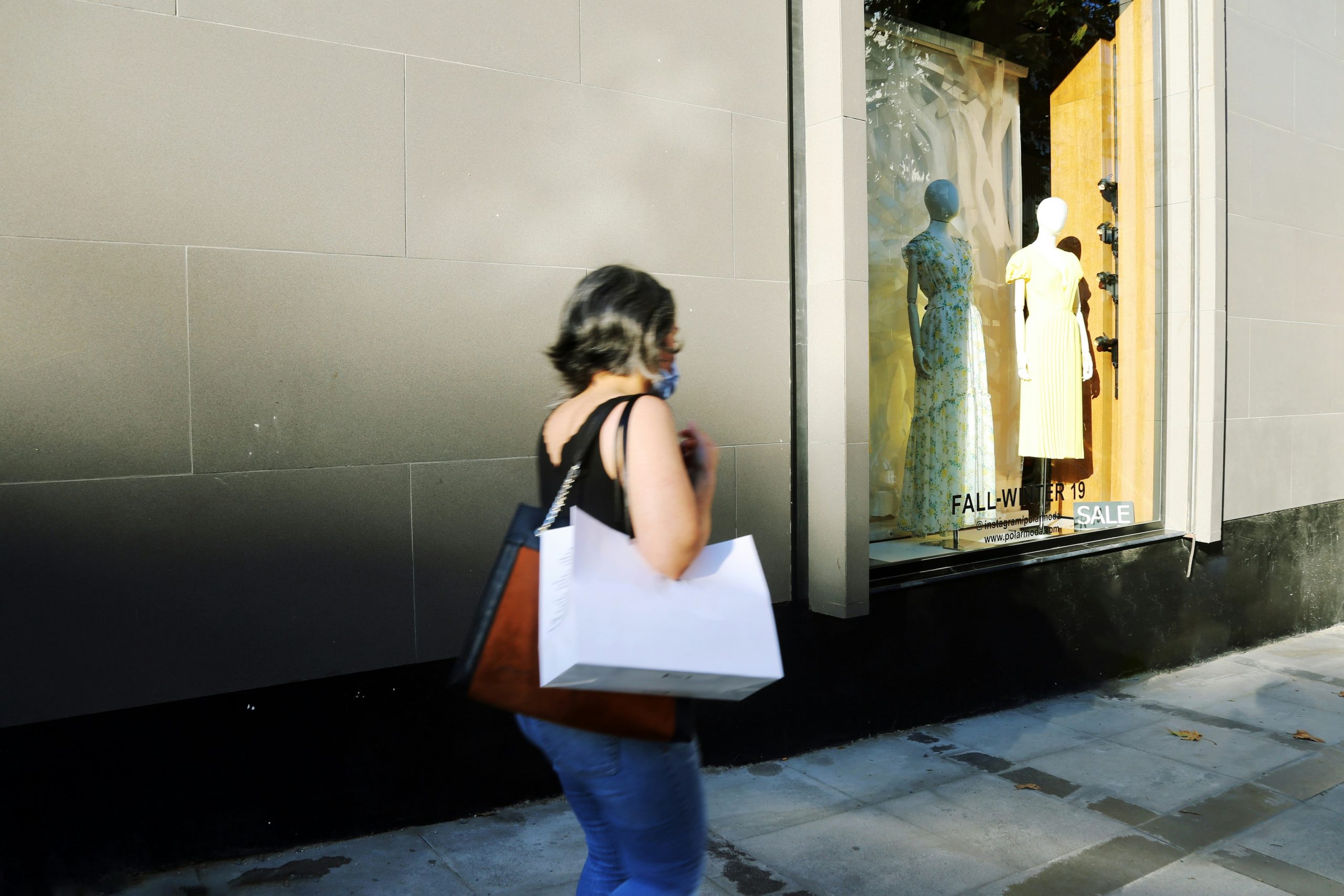
Life&Style Writer Josie Taylor shares her 5 top tops for being a smarter shopper: spending less and spending consciously
So, you think it’s time to change your spending habits? Well then look no further! After recently starting on my own journey to spending more sustainably and mindfully, I’ve compiled my top 5 tips for becoming a smarter shopper.
No-Spend September
This month I stayed within budget with money left over, and taught myself mindful spending habits
In the first semester of my final year at university, I knew that I needed to make a change to my spending habits as I was struggling to stay within my budget. So, I picked a month, (though it doesn’t have to be September, I just enjoyed the alliteration), and tracked all of my purchases through a red, amber and green system. A green spend is a necessary one: rent, food shopping, general living expenses. An amber spend is within budget, but could be changed, for example, a spontaneous lunch with a friend, or a sudden campus coffee hankering. A red spend is an unnecessary one, or something you don’t need: clothes, new room decor, and so on. This month I stayed within budget with money left over, and taught myself mindful spending habits.
Carrying on mindful spending habits
consider the longevity and necessity of your purchases
My no-spend month was so useful because it made me stop and think about everything I was purchasing. The trick here is not to deprive yourself of experiences, for example, spending on a meal with friends or a cinema trip is always worth it, but to consider the longevity and necessity of your purchases. The no-spend month regulated my impulse-buying habits and made me question: will I need this item in a week’s time? Is it necessary for my lifestyle? Holding back on an impulse is a great way to test if you need something or not: wait a week, and often you’ll have forgotten about it. If you’ll forget about it in a week, it’s not a smart spend!
Explore secondhand options
secondhand retailers provide originality and totally unique pieces
This year I’ve made the goal to slowly transform my wardrobe into a majority secondhand one. Some of my favorite and most-complimented pieces are sourced from secondhand clothing apps like Vinted, or found in local high-street charity stores. Not only will secondhand retailers provide originality and totally unique pieces, but it is far more sustainable to give life to pre-loved clothes already within the fashion cycle than to purchase brand new mass produced fast-fashion when, according to Greenpeace, the UK sends over 300,000 tonnes of clothing to landfill every year. The most sustainable clothing is that which you already own, so think twice before you buy new pieces!
Be advertisement-conscious
take a step back, and learn to identify when you’re being marketed to
Learning to recognise how product driven social media and online platforms are has been one of the most crucial steps in my journey to shopping more smartly. Scrolling through an app like TikTok for five minutes will expose you to a constant stream of the next ‘must-have’ product. After a while, you start to not even notice product placement. At the end of the day, influencers make income from pushing products, and the lifestyles they portray filled with gadgets, must-haves, and shiny new items are not realistic. Take a step back, and learn to identify when you’re being marketed to. Check out Youtuber Hannah Alonzo’s ‘Influencer Insanity’ series for a deep dive of influencer product placement.
Don’t compare yourself to others
it’s not about being perfect, it’s about improving
Becoming a smarter shopper is a completely individual process, and about finding what works for you. Making slow and sustainable changes which align with your lifestyle is the best thing any of us can do. It’s ok if you can’t afford the often sky-high price points of sustainable and ethically produced clothing brands. It’s not about being perfect, it’s about improving!
I hope these tips prove useful to you if you’re working to become a smarter shopper, and I’m glad to have you join me on this journey! Above all, the one take-away is to start small and mindfully. Slow and steady wins the race.
Read more from Life&Style here:
Sephora Tweens: It’s Time to Stop Blaming Gen Alpha
The Return of ‘Third Places’: Social Interaction in a Post-Pandemic World
Comments